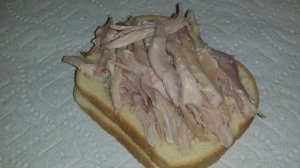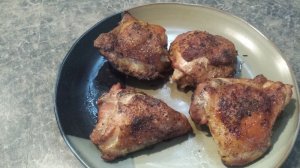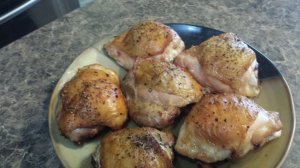Ames Phos ....
http://store.theingredientstore.com/amesphos.aspx
16 oz. Amesphos, specialty sodium triphosphate blend for meats, seafood and poultry.
AmesPhos improves texture, maintains that fresh-made taste, and reduces bacteria.
Phosphates are used in a wide range of processed meat, poultry and seafood in which they perform several functions. Phosphates improve the retention of natural fluids in the animal muscle that would otherwise be lost in the aging, cooking or freezing process. They also act as protein solubilizers to aid in binding processed meats. Their presence results in improved texture, flavor and color.
Due to a unique instantizing process and the combination of short and long chain phosphates, AmesPhos will dissolve completely at temperatures as low as 20 F and in the presence of salt. Additionally, AmesPhos will dissolve completely in hard water and will not cause phosphate precipitation.
Specifications:
Combination of: Sodium Tripolyphosphate; Sodium Pyrophosphate and Sodium Hexametaphosphate
Appearance: White granular powder
Advantages:
- Improved cooked flavor.
- Reduced loss of meat fluids.
- Increased tenderness and juiciness
- Improved firmer texture
- Better and faster color development
Suggested usage levels:
One third to one half of one percent (0.3 to 0.5%) of the finished product weight.
For home sausage making: Use approximately one fourth to one half teaspoon per pound of meat. Dissolve the phosphate in water before mixing into the meat mixture. Mix into meat until well distributed, mix for approximately five minutes.
For dipping or soaking applications: AmesPhos is dissolved in water (5.0 to 7.0 % solution at 60 to 70 F, typically). Solution concentration will vary by application. The solution should be chilled, (33 to 35 F, typically) prior to use. The product is then dipped into the solution. This method is used primarily for seafood (scallops, shrimp, fish fillets, approx. a 2 minute dip.) and poultry (marinating of strips or breasts, 6 to 8 hour marinating). The age of the seafood will affect moisture retention so it is important to minimize any delay between harvest and phosphate treatment. Ask us about other marinades and pumping applications for meat, poultry and seafood.
The information and recommendations contained herein are, to our knowledge, presented in good faith and believed to be accurate. Because of the conditions of use, many of which are beyond our control, we make no warranties or representations, expressed or implied. The information is supplied upon the condition that the companies and persons receiving same will perform tests to determine the suitability for and purpose prior to use. In no event, however, will Ames Company, Inc. be responsible for damages of any nature resulting from the use or reliance of any information contained herein. Furthermore, nothing contained herein should be constructed as permission or recommendation to, infringe on any patent. No agent, representative or employee is authorized to vary any of the terms of this notice.







